|
January is just around the corner and we all know what that means-time to decide on a New Year’s Resolution. Millions will flock to join a gym, enroll in a weight loss program, pledge to eat more vegetables, and have other health-related changes they want to make as they strive to be healthier.
What if I told you there is one resolution that will help you enhance your whole being? Nature Connection. Yup, nature is the central pillar of health that not only impacts our holistic health, but the health of our planet. Setting an intention to connect deeper with our natural world will result in an astonishing number of benefits. What exactly does connecting with nature mean? It can be as simple as taking time to just go outside every day. On average Americans spend nearly 90% of their time indoors. Going outdoors and simply breathing in some fresh air, or gazing at the clouds passing by above you, can promote calmness, elevate joy, improve our ability to concentrate, help us sleep better, and combat loneliness, just to name a few benefits. You may be saying to yourself, wow that is awesome! Or perhaps you are more of a doubter and saying, it can’t do all that. The only way to know for sure is to try it and see if it works for you. This is why The Nature Nurse™, PLLC has created self-guided online programs to facilitate your deepening relationship with Mother Nature. My company also is now hosting in-person nature attunement retreats for women. These nature connection programs will teach you the latest research supporting that nature connection is an essential part of a healthy lifestyle. You’ll learn how to create a sustainable nature connection practice, as well as tips and resources to make this a New Year’s resolution you will be adhering to all year. Best of all, you will have the opportunity to experience for yourself a wide variety of ways to attune to nature so that you can decide for yourself which evidence-based practices work best for you. Ready to get started? Check out various online programs and the upcoming Women’s Vitamin Sea Retreat now. You may find that you don’t want to wait until 2023 to get started! Be sure to subscribe to the seasonal e-newsletter sent out by The Nature Nurse™, PLLC to learn more about ways to optimize your whole being with nature. Go to www.TheNatureNurse.com and enter your email at the bottom of the homepage.
0 Comments
If you want to see wild animals, head to a National Park. There is no better way to see, and experience, wildlife than in their natural surroundings, on their terms. When this is done with respect, and proper precautions, in the same way, that we behave when we were invited into a neighbor’s home, it can be a win for the animals, a win for us, and a win for our park systems. Many of us have been introduced to wildlife via captive programs. Ever since the award-winning documentary Blackfish was released in 2013, the perspective of what it is like for animals living in captivity has been unveiled. An awakening that animals are sentient beings expanded. A wave of shame rolled over many of us as we examined our behavior and thoughts of visiting zoos, swimming with captive dolphins, and big parks like Seaworld, where orcas and other sea life entertain people for food. These animals are deprived of their natural environments where they are free to roam, many over immense miles of space, eat fresh food they catch, hunt or nibble on, breed with whom they want, and live in family systems that have been essential to their existence for centuries. Barnum and Bailey Circus, known for generations as “The Greatest Show on Earth” sent their iconic elephant performers to a conservation farm in central Florida after years of legal pressure from animal rights organizations and changing sentiment on captivity from the public. The company released a statement in 2021 that they plan to make a comeback of their legendary traveling show, this time without animals. The number of Animal Sanctuaries is growing, giving captive animals who cannot be returned to the wild a place to retire and live a peaceful existence for their remaining days. The sanctuaries provide the animals with as natural a home as possible. Even huge marine animals are now being offered sanctuaries. Beluga whales, “Little White” and “Little Grey” were flown from their tanks in Shanghai, China to a cold, outdoor water sanctuary cove in Iceland. A similar sanctuary is being prepared by the Whale Sanctuary Project in order to release dolphins, and whales, including orcas, into a natural environment. Tigers who have been kept captive for various reasons, including pet ownership gone bad, have found a compassionate home in places like the Carolina Tiger Rescue. While their focus is on tigers, they house other animals including a pair of endangered red wolfs recently transferred to them as part of the Red Wolf Survival Species Program. The rules for public viewing and visitation in these types of institutional animal organizations vary greatly. Some are very strict, not allowing the public access to these animals in order to let them live as natural life as possible or to help them survive as part of restorative species programming. Others have controlled visitation as part of an effort to educate and/or generate funds to maintain the organization. While the ideal situation would be that all animals live in their natural environments, sanctuaries, rescue centers, and select zoo programs are serving an in-between answer to captivity and extinction, as well as humane care to those who need it and cannot be returned to the wild. Our National Parks are evolving into the perfect place for us humans to coexist with wildlife. With massive amounts of acreage being preserved, animal species are rebounding, with the opportunity to hunt, mate, and live the way nature intended. Take a look at the new Netflix series, Our Great National Parks, hosted by Barack Obama if you are interested in seeing for yourself just how delicate this balance is and the important strides being made globally. Allowing wildlife to thrive in our National Parks, offers us, humans, an opportunity to see these wondrous creatures living their authentic life. This past winter, for example, I paid a visit to the Everglades National Park in Florida. This park is over one and a half million acres. It includes miles of paths weaving through the grass and reed-filled waters filled with all kinds of life, including alligators, manatees, and other beings that thrive in a subtropical wilderness. Alligators can be seen lying along the pathways, lounging in the same way that the many tourists can be seen lying on the beach in nearby Miami beach. They can be seen floating in the waterways, the top of their head just bobbing on top of the water. Amazingly, at least to me, all types of birdlife fly and perch around them. Fish swim by. Tourists stroll along near them, but the alligators just hang out, being as still as manikins. Images of the Crocodile Hunter wrestling and fighting off aggressive crocs triggered the same fear that I experienced going into the ocean after watching Jaws as a kid did, and sometimes still does. Perplexed, I asked a park ranger who was meandering by, “Do the alligators ever attack anyone?” “Not really, he said nonchalantly. I only know of one situation where that happened and it was provoked,” he answered. Curious, I questioned further, “Was someone trying to wrestle it, or did they get too close trying to take a selfie?” We have all seen the stupidity that happens these days with wild animal encounters. “No,” he continued walking slowly, “a bike rider fell off a bike and landed on top of one.” I didn’t press him any further, hoping that the alligator, and the biker, made out okay. This opportunity to dismiss the myth of the man-eating alligator and to have the opportunity to spend a moment just coexisting with these magnificent reptiles was well worth the price of admission by itself. National Parks also offer us an opportunity to see and learn about the natural flora, experience the awe of being in the presence of something we humans did nothing to create, and learn new information in one of their many educational offerings. In a time when climate anxiety is rampant, and the threats to our environment are direr, a visit to a National Park offers hope and an example of how if we do this right, we can coexist with and harmoniously enjoy wildlife. Have you had seen wildlife in a National Park? Share your experience in the comments below.
The Nature Nurse™, PLLC is honored and grateful to share nurse Megan Culbertson's brave story about how she shifted her life to help serve during the early part of the Pandemic in order to help others, and how nature helped her. 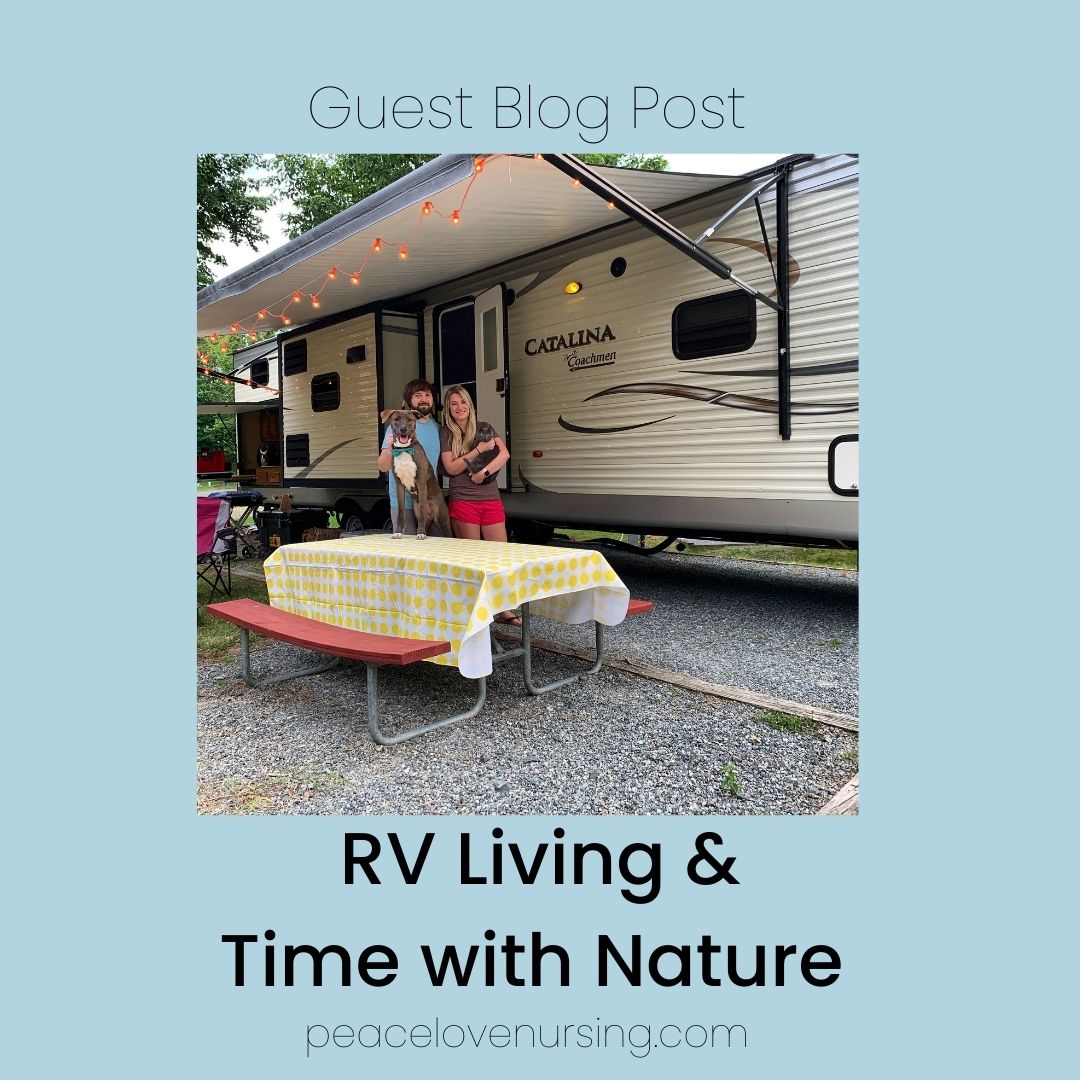 Covid halted life for all of us as we knew it. With the Pandemic surging in various areas around the United States, I opted to quit my steady hospital job and dive into traveling nursing. My husband, who could work remotely, agreed. In four short weeks, we downsized from an 800-square-foot apartment to a 35-foot Recreation Vehicle (RV), which would now be our new home on wheels. I took my first travel nurse contract in Washington, D.C. We fell in love with the RV life during our six months there. We were spending more time outside- exploring new parks and hiking trails, camping, and sitting by the campfire every night. For two people who love nature, this was our dream! Nature-based self-care has been associated with lower levels of depression, anxiety, and stress. Working in Covid Units, I was experiencing high levels of stress and trauma every shift. Living in the RV, with nature right out the front door, became the antidote for my work life. Living in an RV naturally lent itself to spending more time outside, allowing nature to ease the stress, and heal my mind, body, and soul. More Time Outdoors When you are living in a tiny space- around 200 square feet to be exact, your outside area becomes an extension of your home. Once we started living tiny, I found myself outside even more. Coffee on the porch in the morning, time around the fire every night, cooking out regularly. Our outdoor space is an extension of our home, and we love it. Camping & Hiking One of the great things about living in an RV is the ability to take you home wherever you want to visit. We have been able to visit many national parks, state parks, and campgrounds. If you feel you need to be even closer to nature, it’s easy to lock up the camper and take your tent out for a few days. Research has shown connecting with nature by camping, has even greater healing benefits, including helping us sleep better. Time Near the Water Personally, being near water is one of my favorite forms of self-care. No matter what type of water- I find instant serenity. The RV life has allowed us to park near various rivers, creeks, and even the ocean. Kayaking has become a regular form of exercise and stress relief for my husband and me. We learned our dog, Declan also loves the beach. Our little family enjoys regular evening walks on the beach at sunset. Exercise, nature, and the sound of the ocean- a trifecta to reduce the stress of even the worst days. 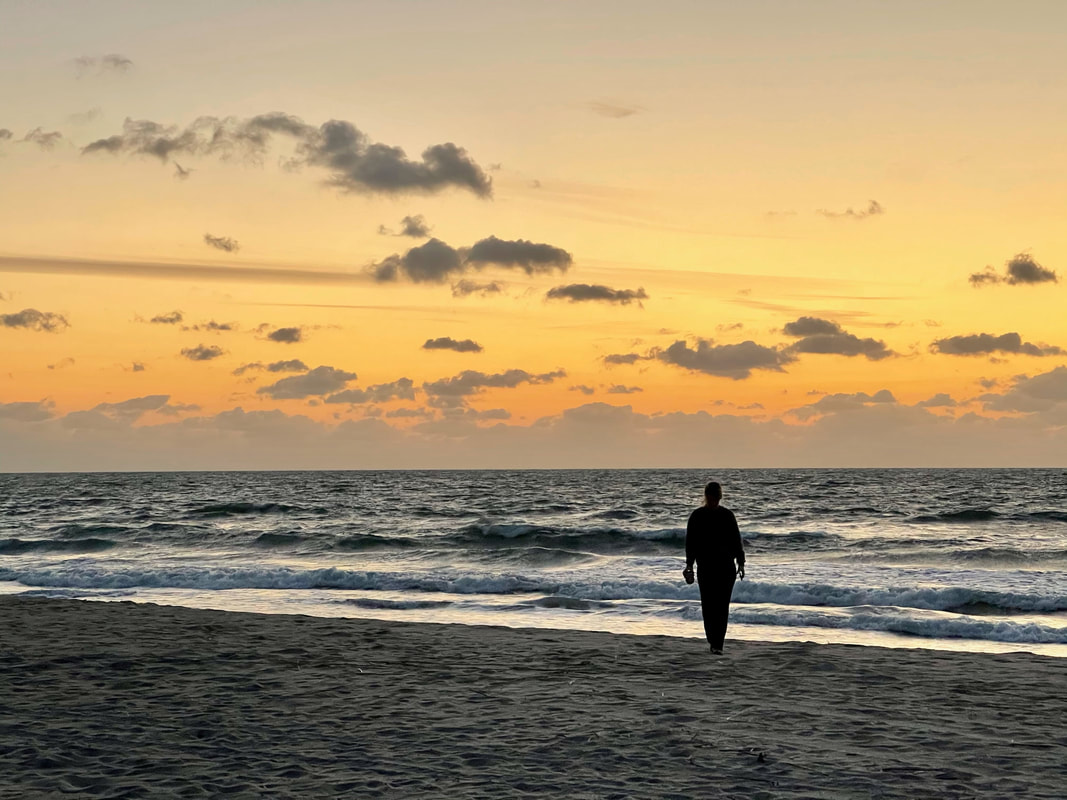 Easier Traveling with Pets While owning pets can be one of the best parts of life, it can create a barrier to travel. Travel nursing requires staying in a place for 8 weeks-3 months, longer if you extend your contract. Short-term housing is limited and expensive- adding in finding housing for pets and it becomes even more difficult. The RV allows us to easily travel with our pets, allowing us to travel and get outside more. Even if you are just looking for weekends away, an RV allows you to take a pet-friendly place to stay with you. This can enable you to visit family, parks, and new places easier (and many times for less money!) While living in an RV is not for everyone, I think so many people could benefit from owning, or renting, a small RV to travel in on weekends and time off. The benefits you receive from more time closer to nature are endless! Megan Culbertson, BSN, RN is the author of the Peace Love Nursing blog. Visit her blog to learn more about RV living, self-care, nursing, travel nursing, and mental health.
A month ago, I took a trip with my husband to the French-Caribbean island of Martinique. My husband is from Martinique, so it’s like home for us. Each time I go, I am welcomed with the embrace of Martinique’s exquisite natural beauty – lush forests, purifying sunlight, cleansing rain showers, wise rivers and oceans. And when I leave, I take with me a new and deeper gift of inner-knowledge. It’s always a transformative experience. On this trip, I spent some time at L’Anse Ceron, a small beach nestled within the Caribbean Sea on the North West coast of the island. L’Anse Ceron is not as known to tourists, so it’s the ideal spot for a quiet, contemplative retreat. Though I have frequented this beach many times, I always discover something new. My soul was being called for some seaside therapy, and I knew L’Anse Ceron would have just the remedy that I needed. Nature is intuitive and intelligent like that. I have this ritual of silently saluting the water each time I draw near it. It’s my way of offering respect and clearing space to receive. Not doing so always feels uncomfortable to me - like entering someone’s home without a proper greeting. If we can greet each other, certainly we can greet the natural elements that ensure the livelihoods of everyone on this planet. As a wave of the Caribbean Sea brushed over my feet, I was acknowledged with majestic benevolence. And in that moment, my soul was overcome by gratitude and adoration. I felt both colossal and microscopic all at the same time. All I could do was just stand there. All I could do was just pause. That moment felt as new as the very first time I experienced it. And then I realized the relevance of seeing everything anew. Like many, I am habituated in “looking at,” but not seeing. Looking at the vastness of the sea is not the same as really seeing it. To really see is to see with the heart. The heart can see the same sea as something new and lovely. I learned that I have been “looking at” things in my life through the lens and perceptions of yesterday. By resetting the way that I see the daily events of my life to the present, I can allow my heart to invite more love in. And it is precisely because of moments like the one I experienced at L’Anse Ceron, that I am reminded of why I love and appreciate nature so much. I love the new discoveries. I love the wisdom. I love how nature makes me feel. But mostly, I love how nature is always available to outpour love. Nature is like a Valentine’s Day gift that keeps giving.  Leondria (Lea) Taty is a clinical instructor and an advanced practice registered nurse (APRN), with board certification as a Family Nurse Practitioner and Holistic Nurse. She facilitates people on their journey of wellness through a blend of conventional and evidence-based complementary and alternative modalities. She also loves to write, and regularly contributes healthcare content within the medical community. She also loves “Alice’s Adventures in Wonderland,” and is actively trying to live an adventurous version of her own. |
Ready to sleep better, feel lighter, and feel more joy?
Download my latest ebook now: Archives
May 2024
Categories
All
Follow me:
|
|
© COPYRIGHT 2015-2023. ALL RIGHTS RESERVED.
|

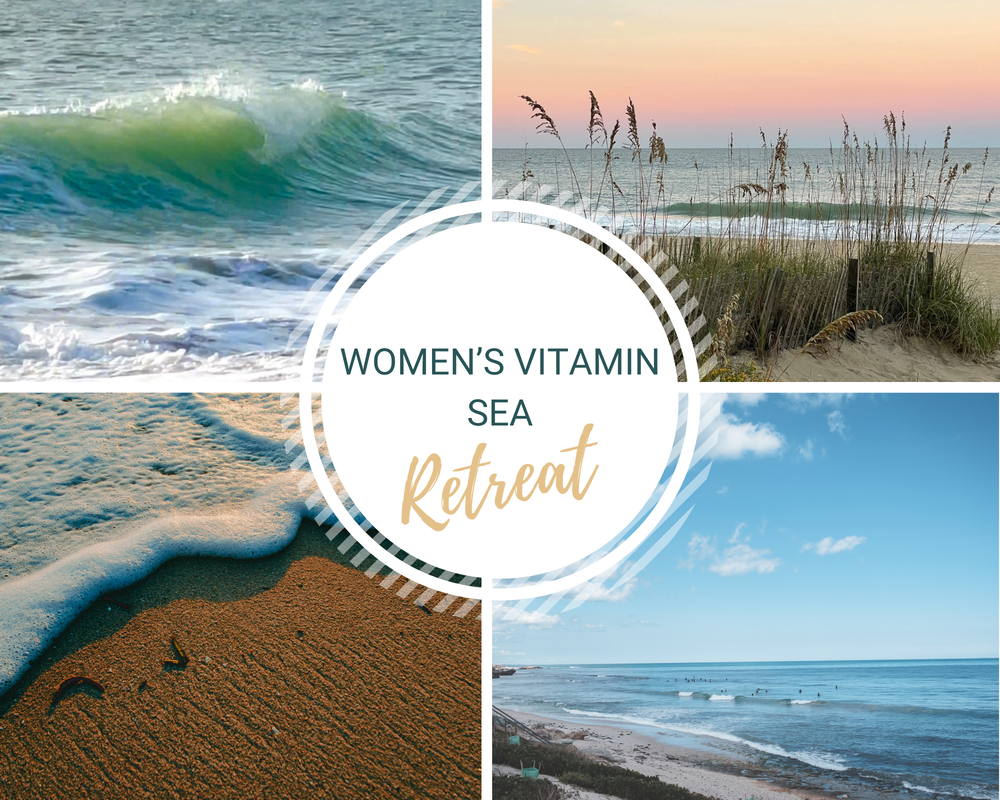
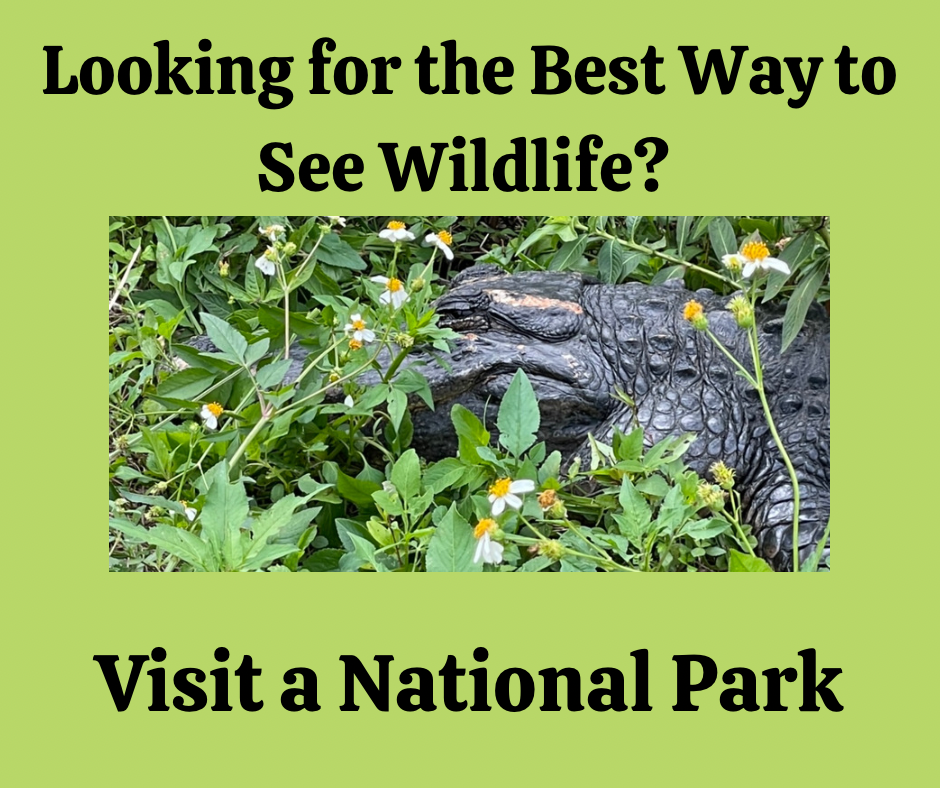
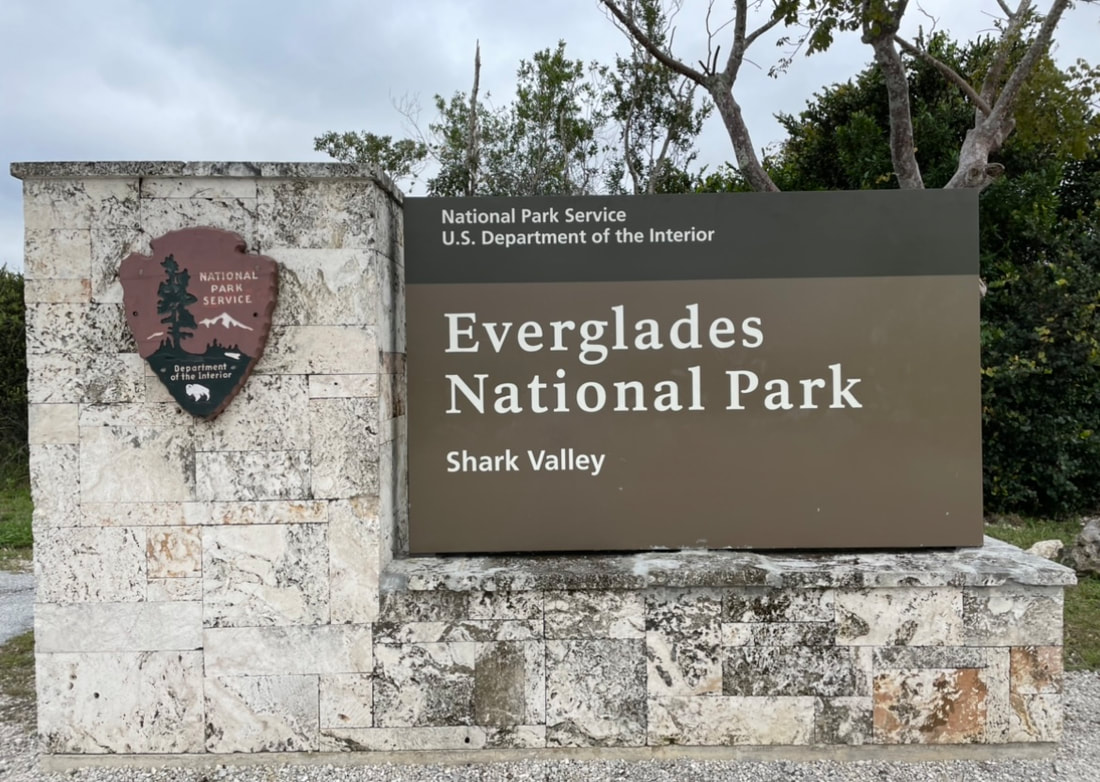
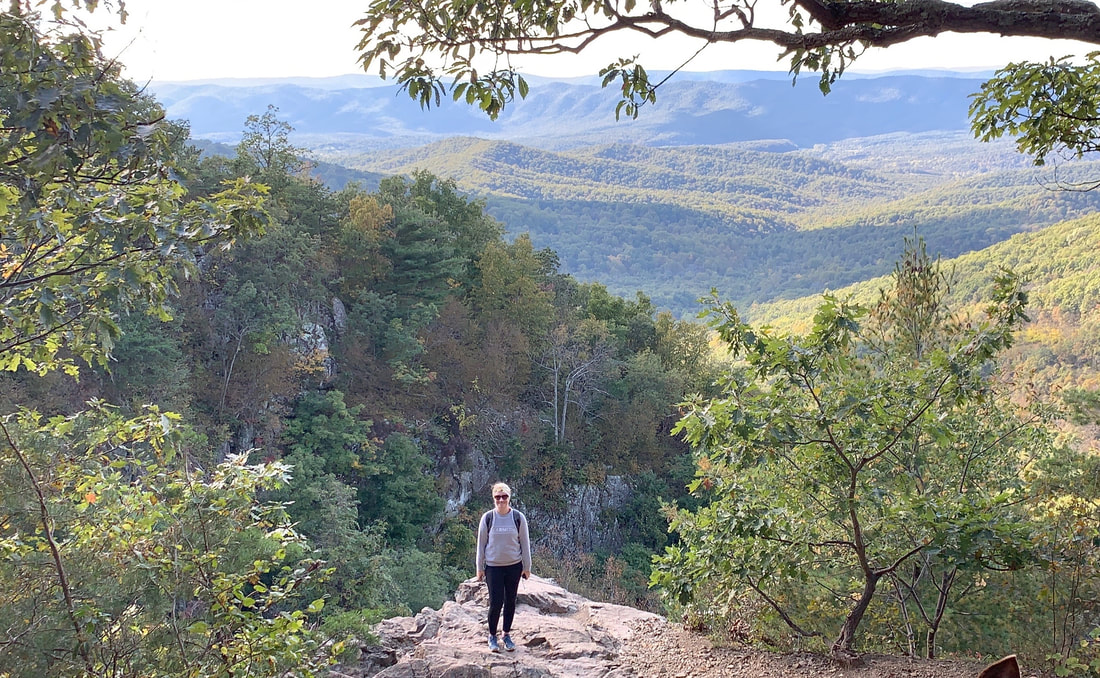
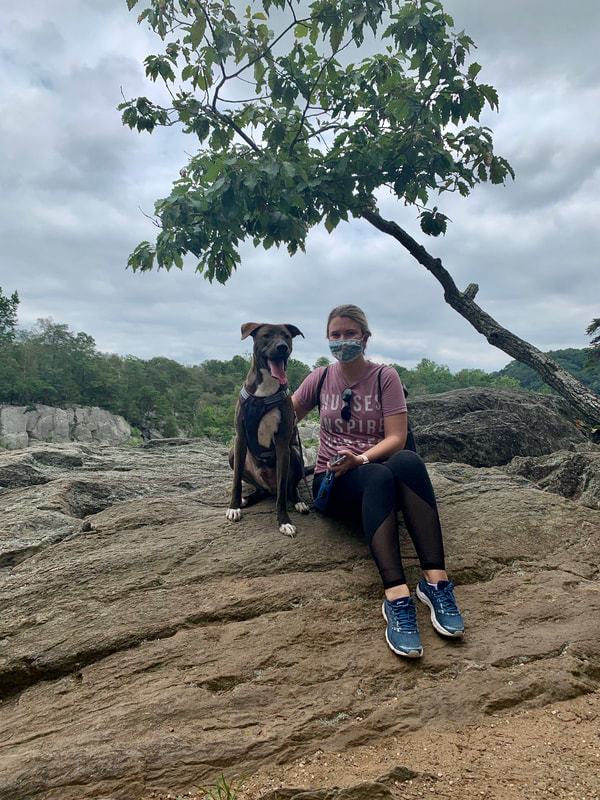
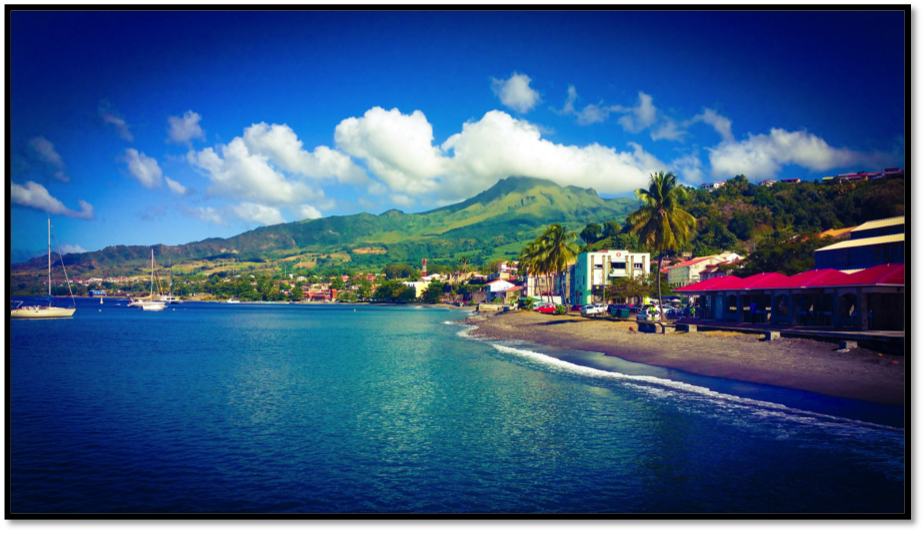
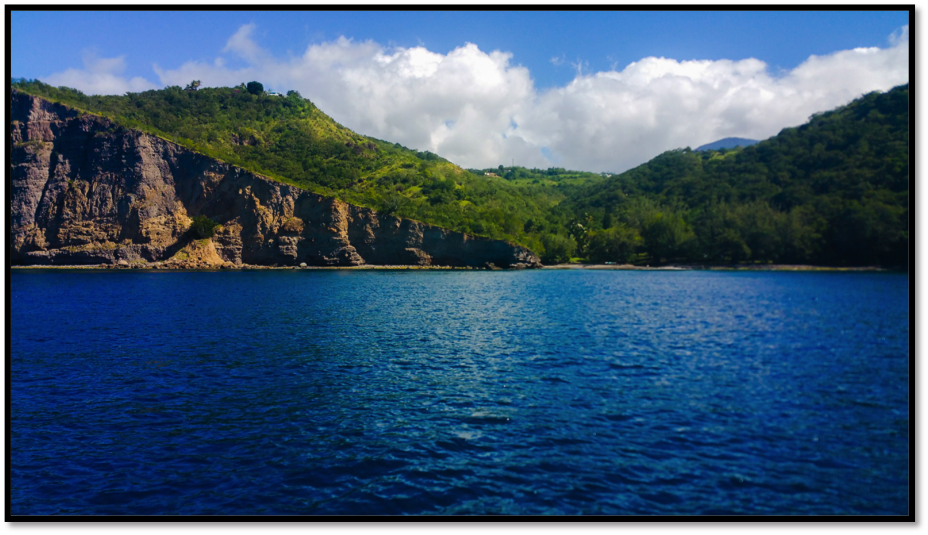
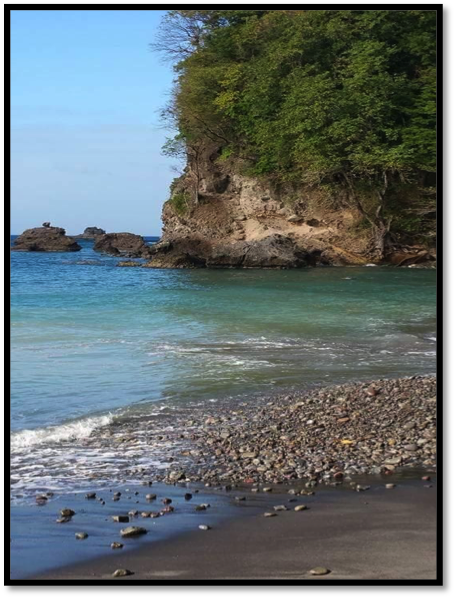
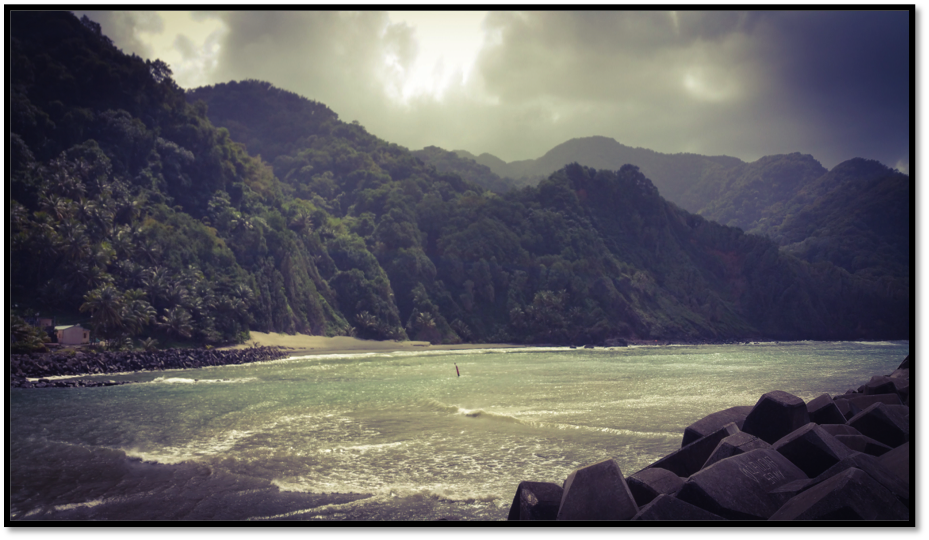

 RSS Feed
RSS Feed